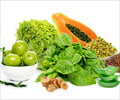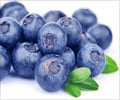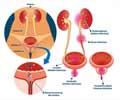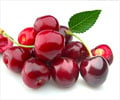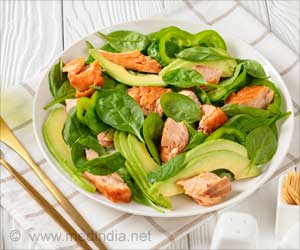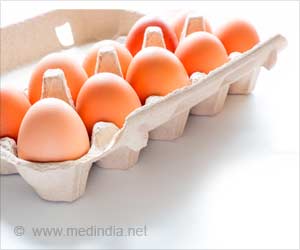Cranberry juice is far better than extracts of the fruit at fighting bacterial infections, according to a new study.
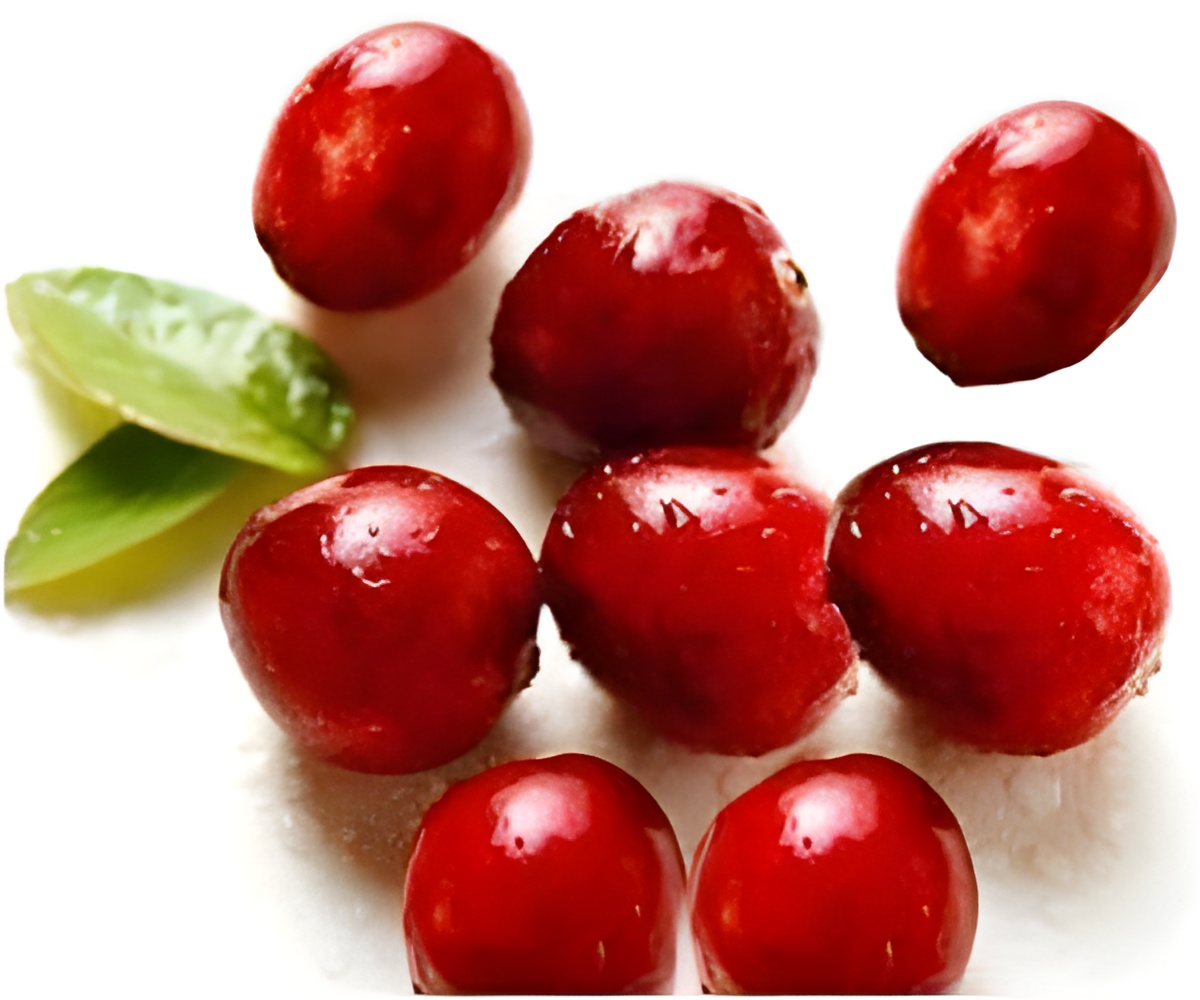
Researchers at Worcester Polytechnic Institute tested proanthocyanidins or PACs, a group of flavonoids found in cranberries. Because they were thought to be the ingredient that gives the juice its infection-fighting properties, PACs have been considered a hopeful target for an effective extract.
The new WPI report, however, shows that cranberry juice, itself, is far better at preventing biofilm formation, which is the precursor of infection, than PACs alone.
"What we have shown is that cranberry juice's ability to prevent biofilms is more complex than we may have originally thought," said Terri Camesano, professor of chemical engineering at WPI and senior author on the paper. "For a while, the field focused on these PACs, but the data shows that they aren't the silver bullet."
"Cranberries have been recognized for their health benefits for a number of years, especially in the prevention of UTIs," the authors write in the new paper.
"While the mechanisms of action of cranberry products on bacterial adhesion and biofilm formation are not fully understood...this study shows that cranberry juice is better at inhibiting biofilm formation than isolated A-type cranberry flavonoids and PACs, although the reasons for this are not yet clear."
Advertisement
Source-ANI

